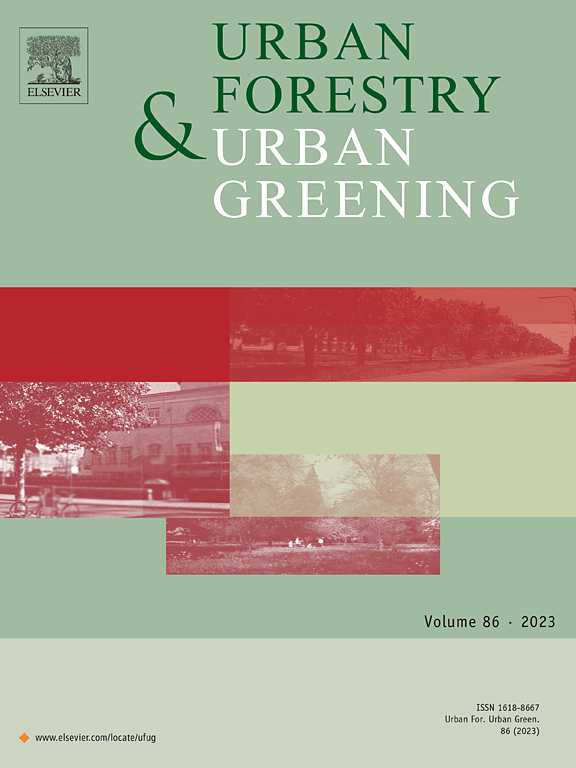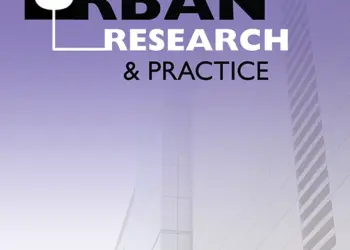Abstract
Literature on urban ecosystem services (UESS) is vast, particularly on cultural ecosystem services. However, due to a lack of knowledge on individual urban green spaces on the site level, further research on enhanced methods is needed to underpin existing assumptions about the reasons why people are visiting urban green spaces and what kinds of ecosystem services they can expect, with a focus on recreational activities. We argue for enhanced methods to assess supply of and demand on cultural UESS that should include the direct work with urban green space users. With the overall aim of developing a Spatial Decision Support System for visiting urban green spaces, we are applying a set of different quantitative methods to gather information on peoples’ needs and perceptions as well as data on what existing green spaces offer them. We present a two-step approach 1) linking green space criteria with recreational activities (demand-side) based on a linear series of three online surveys and 2) conducting a spatial mapping of urban green space criteria based on activity-driven indicators (supply-side). In the course of exemplified indicators operationalized by using open and local authorities′ geospatial data in an explorative study in Dresden and Heidelberg (Germany), we discuss the strengths and weaknesses of the approach.
Krellenberg, Kerstin; , Martina Artmann, Celina Stanley, and Robert Hecht. “What to Do in, and What to Expect from, Urban Green Spaces – Indicator-Based Approach to Assess Cultural Ecosystem Services.” Urban Forestry & Urban Greening 59 (April 2021): 126986. https://doi.org/10.1016/j.ufug.2021.126986.




